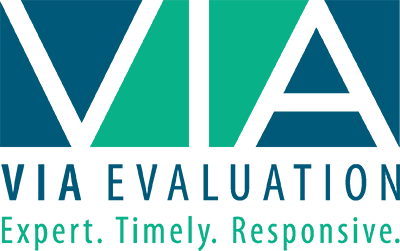March 20, 2019
What do you think of when you think of evaluation? Many of us have the same thoughts come to mind: surveys and interviews and focus groups and datasets…OH MY! Sometimes, these methods aren’t enough to capture the real changes that projects, especially community coalition initiatives, bring about, though.
This is where ripple effects maps come in.
Imagine skipping stones. The stone is your program, and the water is your clients and, broadly, your community. You launch your program, and as it hits the water, that first ripple represents the direct, immediate effects of your work. For example, you start a coalition and bring community members together who begin to network, and then to collaborate. This collaboration, the second ripple, allows them to serve individuals in their programs who were never even a part of your coalition. In this way, your coalition could end up affecting your entire community! But how do you show that?
Ripple effects maps capture these effects through group interviewing and storytelling about the most impactful moments with, surprising effects of, or connections made due to a program or initiative. Essentially, your stakeholders tell you what stood out or changed the most for them; this is what makes it a perfect retrospective evaluation tool. In the end, groups share their stories and the facilitator uses them to build a visual that maps the chain of effects of programs and complex collaborations.
Recently, we used this method with HOPE Buffalo, a coalition working to enhance youth development and prevent teen pregnancy across the city of Buffalo. The process was illuminating, empowered stakeholders, and helped all involved gain a better understanding of the ways in which the coalition has impacted the community, beyond what traditional measures capture. Upon reviewing the final product, HOPE Buffalo leadership was impressed with the depth of information the community provided, and felt it was a genuine reflection of what the collaborative is and what it has accomplished. One member of the team described seeing their map as the hands of HOPE Buffalo, with the outermost effects as HOPE’s fingers stretched out into the community. Later in March, VIA will get the opportunity to present this map to HOPE Buffalo’s partners, and we could not be more excited to share these results with the individuals who helped create it!
Interested? Contact us to learn more! (716) 362-0627.



